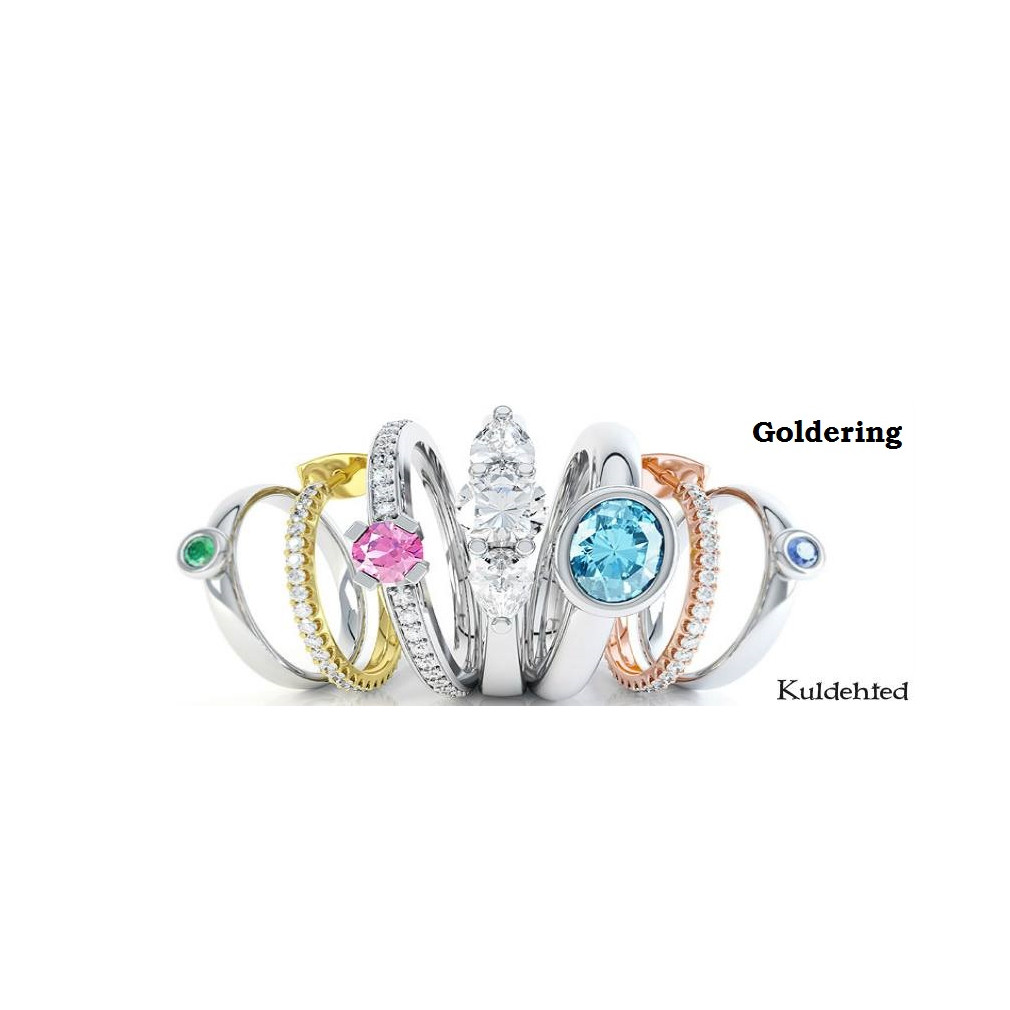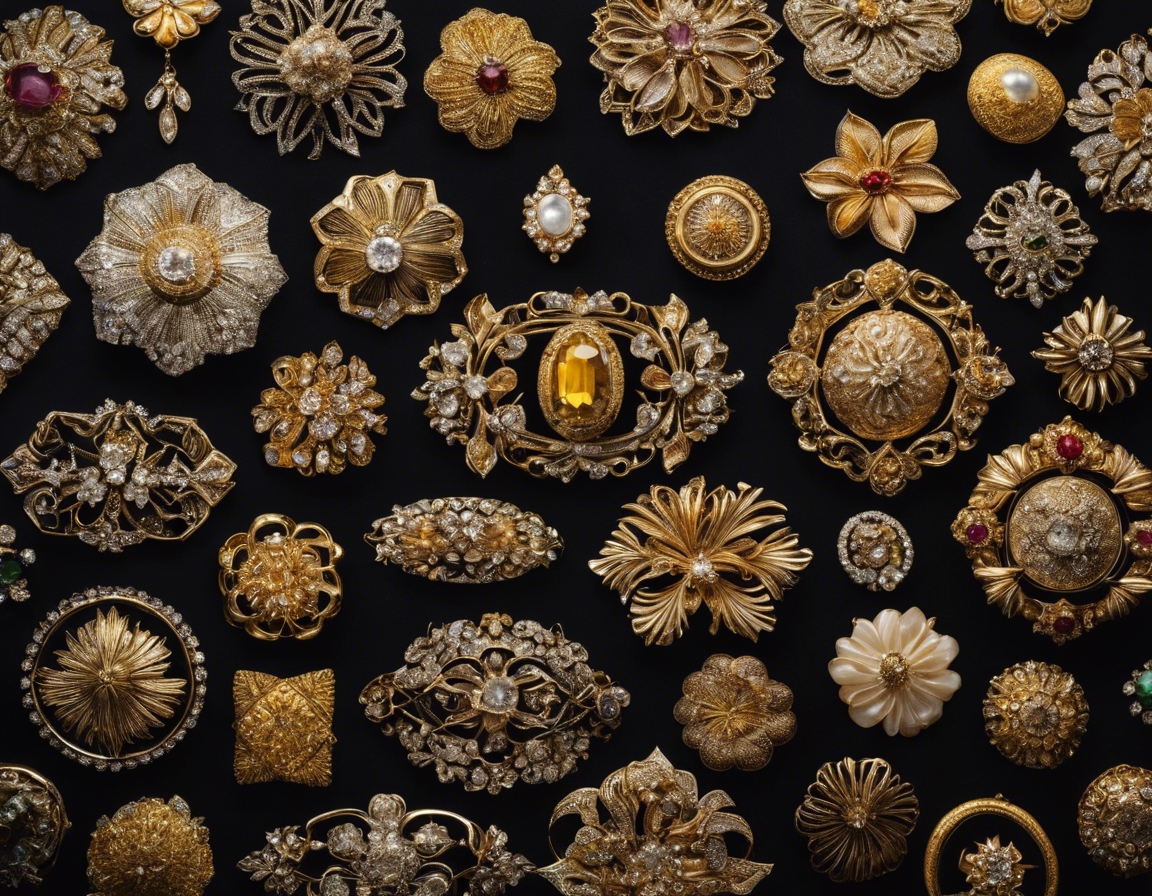The art of goldsmithing: behind the scenes of jewelry making
The art of goldsmithing is as ancient as civilization itself, with a rich history that weaves through cultures and time. It is an intricate craft that combines the allure of precious metals and gemstones with the precision of skilled workmanship to create objects of beauty and desire.
Goldsmithing has been revered for millennia, with early civilizations recognizing the value and rarity of gold. The craft has been used to create everything from royal adornments to religious artifacts, symbolizing both wealth and divine connection.
Handcrafted jewelry stands apart in a world of mass-produced goods. Each piece is a testament to the goldsmith's dedication to their art, ensuring that no two pieces are exactly alike, and imbuing them with a sense of exclusivity and personal touch.
The Goldsmithing Process
The journey of a fine jewelry piece begins with its design. This is where imagination takes shape, influenced by trends, personal stories, or the intrinsic qualities of the materials themselves.
Choosing the right materials is crucial. Goldsmiths must consider not only the aesthetic but also the durability and wearability of the metals and gemstones.
Once the design is set and materials selected, the goldsmith begins the process of shaping and forming the metal. This can involve cutting, bending, and hammering to achieve the desired form.
Soldering and welding are techniques used to join metal pieces together with precision and strength, a skill that requires steady hands and a keen eye.
Setting stones is a meticulous process that not only secures the gemstones but also enhances their natural beauty, allowing them to capture and reflect light in the most captivating way.
The final stage involves polishing and finishing, where the piece is cleaned, buffed, and often rhodium-plated to achieve a lustrous finish that highlights the craftsmanship and detail.
The Skills of the Goldsmith
Goldsmithing demands a high level of precision and patience, as the smallest error can compromise the integrity of the piece.
Creativity is at the heart of goldsmithing, allowing the artisan to bring unique designs to life and to tell a story through each creation.
Goldsmiths must possess a deep understanding of their materials and tools, as well as the ability to innovate and adapt to new techniques and technologies.
The Importance of Quality Materials
Gold has been the cornerstone of jewelry making for its beauty and malleability. Its enduring appeal makes it a favorite for heirloom pieces.
Gemstones bring color and character to jewelry. Each stone has its own story, from its geological formation to its symbolic meanings.
Beyond gold, other metals like platinum and silver offer different hues and properties, providing more options for personalization and design.
Sustainability in Goldsmithing
As consumers become more conscious of their purchases, the jewelry industry is responding with a commitment to ethical sourcing of materials.
Goldsmiths and jewelers are adopting practices that minimize environmental impact, ensuring that the beauty of their creations is matched by their ethical standards.






Comments (0)